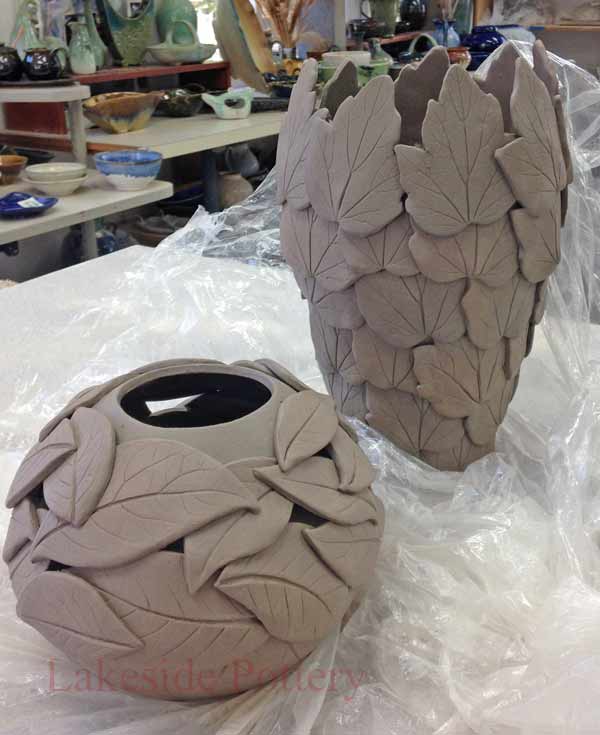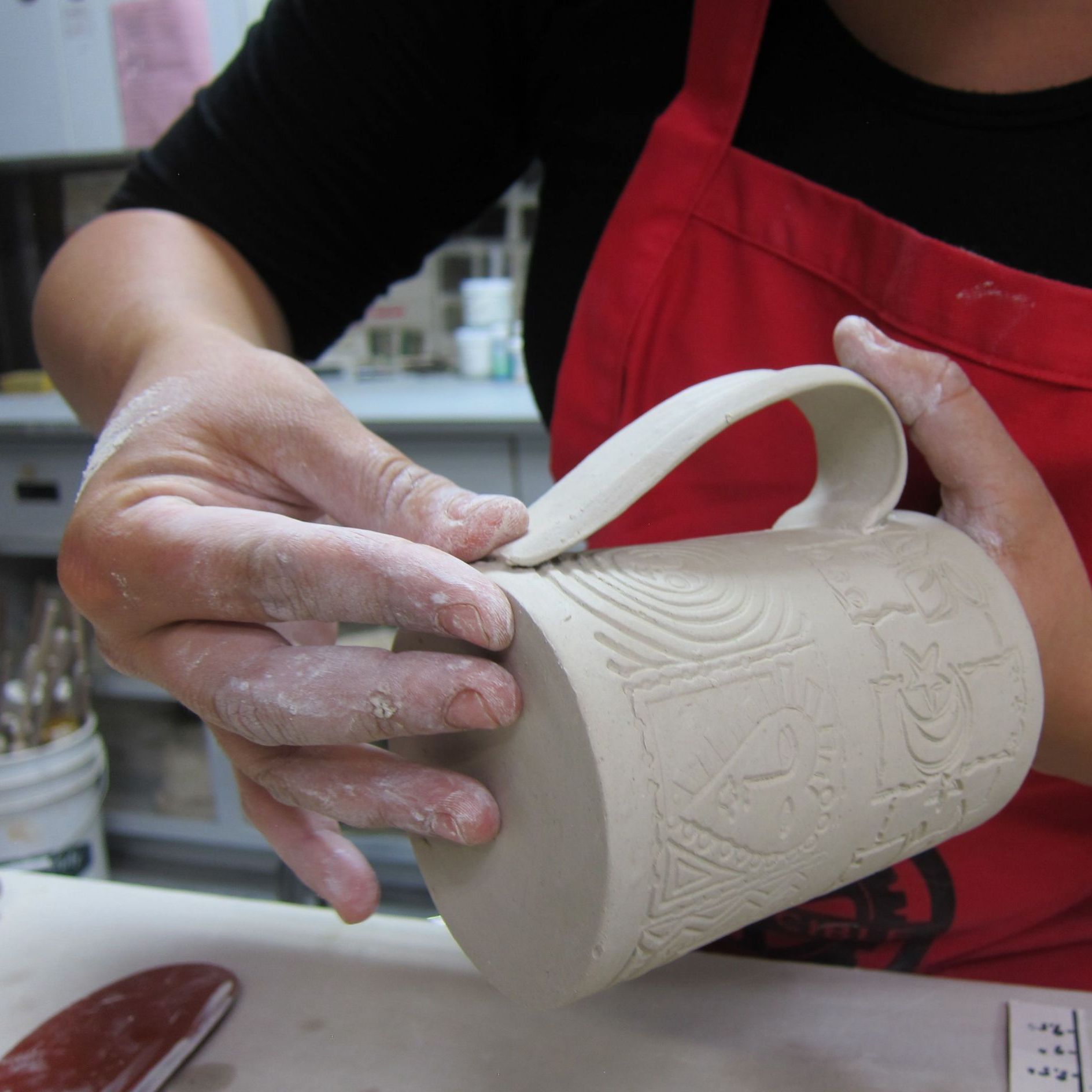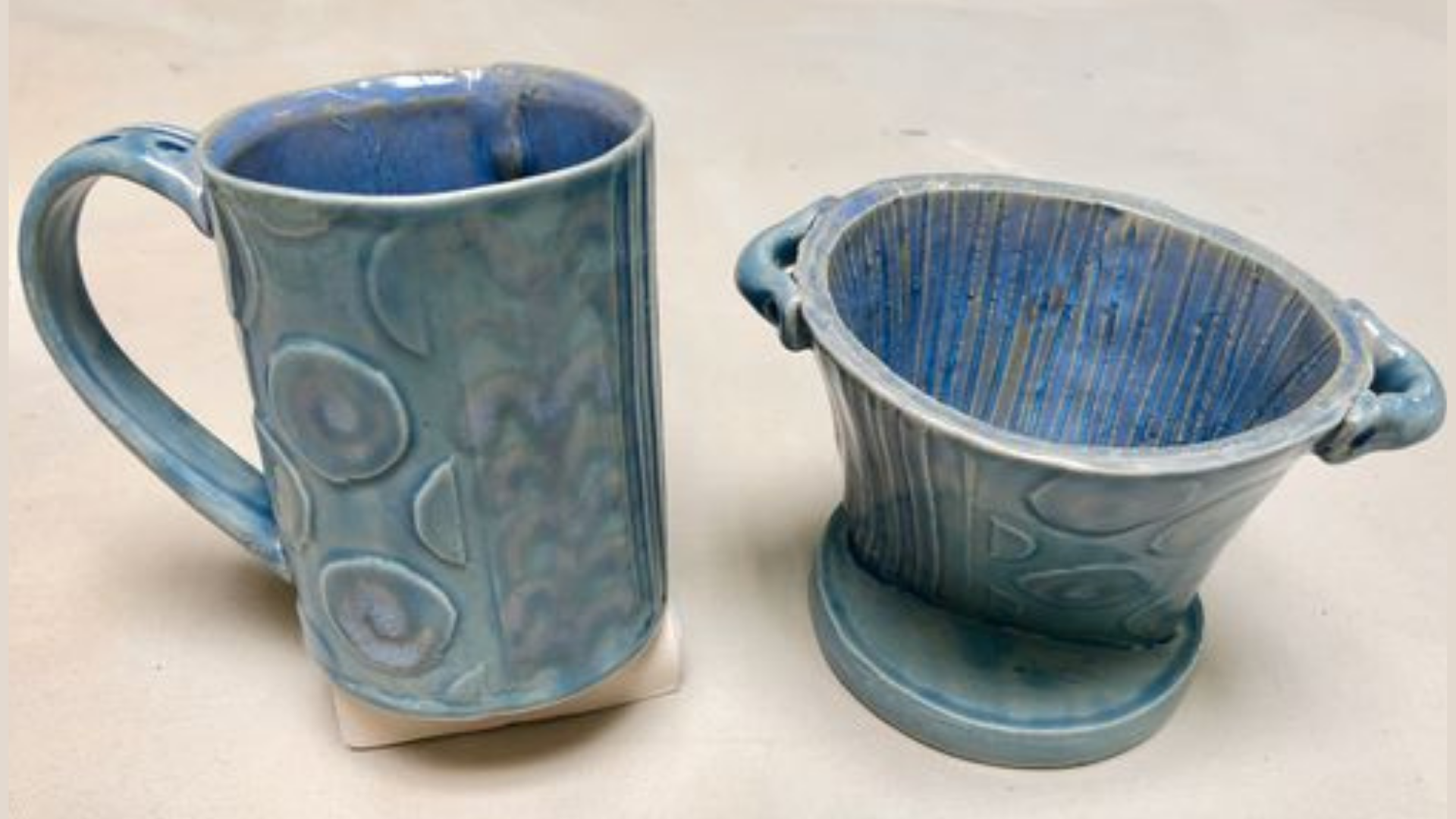
A beginner's guide to hand built pottery mugs Beginner pottery, Hand built pottery, Pottery
To get started with hand building ceramics, you will need a few essential tools and materials. These include clay, a rolling pin, a pottery knife, various sculpting tools, a scoring tool, a sponge, and a clean, well-lit workspace. Choosing the right clay is crucial, as different types of clay have different properties and workability.
:max_bytes(150000):strip_icc()/Pinchingclaypot-GettyImages-681907815-59640d445f9b583f1813869a.jpg)
Basic Pottery Hand Building Techniques
Handbuilding project ideas. Once you have a few simple handbuilding techniques under your belt, you can make your own functional tableware, vessels, sculptures, and more.. Earthenware clay is the best clay for handbuilding pottery because of its strength and plasticity. Other clays, like porcelain, are not recommended for beginning.

Pin by Arva Traynor on 家具 Beginner pottery, Hand built pottery, Pottery handbuilding
Choose any shape you like and give it a try! 2. Shell cup. If you don't have access to a wheel, you can still do a lot of pottery projects by hand. And one of the easier handbuilding ideas is this cup made out of seashells. You can prepare 3~4 slab of clay, shape them like shells, and then connect them together to form a cup.

Pin by Karen M Sacks on Coil Built Coil pottery, Pottery handbuilding, Clay ceramics
10. Woven flower pots. Weaving clay coils isn't a technique you see very often, but it's a fun approach to combine weaving with pottery. You can use this technique for all kinds of projects, but in the example below it was used to create flower pots. 11. Ceramic tray. Ceramic trays are very easy to make.

Hand Building Pottery Project Ideas for Teachers and Artists
Hand building pottery is an excellent way to explore the art of crafting pottery. The journey toward pottery proficiency is an ongoing process marked by.. Gift Ideas for Potters - Pottery Crafters Gift Guide; 10 Things to Consider When Buying a Used Pottery Wheel; Pottery That Sells Well - 9 Pieces All Potters Should Make and Sell.

Image result for handbuilt pottery ideas Hand built pottery, Beginner pottery, Handmade ceramics
It's a great idea for a beginner to test their new hand building pottery skills. A beginner can stress less about the details since the piece of pottery will live outside in a natural setting. Click here to read our article "Slab Pottery 101: A Handbuilding technique". 7. Spoon rest. Keep your counters clean when cooking with a spoon rest.

Handbuilding Pottery 101 Hand Building Techniques & Projects
With a vast array of hand-built pottery ideas, techniques, and creative pottery ideas available, finding the perfect ceramics idea can indeed seem overwhelming.. If you've built a strong foundation with handbuilding, moving on to the pottery wheel can be an exciting next step. Here are some tips to help you get started: Centering: Learning.

First foray into hand building at home... though I rolled a number of slabs at a studio first
The Basics of Hand-Building Slab Pottery. Hand-building pottery using slabs of clay is an exciting way to create shapes that could never be produced using a potter's wheel or that would be difficult to achieve if you are doing hand construction using coils of clay. What makes these creations unique is the hand artistry and the type of potter's.

Hand Building Pottery Ideas Mermaid Bowl HandBuilt Coiled Pottery Coil pottery, Hand
Ann shares her best 10 (along with a number of other) tips that every pottery hand builder should know. Ann guides you safely through 3 projects that will ch.

Intermediate Hand Building Pottery Slab ceramics, Beginner pottery, Ceramics projects
Handbuilding is an ancient pottery-making technique that involves creating forms without a pottery wheel, using the hands, fingers, and simple tools. The most common handbuilding techniques are pinch pottery, coil building, and slab building. To make a pinch pot, one inserts a thumb into a ball of clay and continually pinches the the clay.

Handbuilding Pottery 101 Hand Building Techniques & Projects
Step 3: Shape your clay. Begin shaping your clay using your chosen technique. For pinch pottery, use your fingers to gently pinch and shape the clay into your desired form. For coil building, roll out thin coils and layer them on top of each other, smoothing the seams as you go. For slab building, roll out even, flat sheets of clay and cut and.

Image result for hand built clay vase Hand built pottery, Slab ceramics, Slab pottery
Hand Building Pottery Ideas Coffee Mug. One of the best beginner hand built pottery ideas is to make a coffee mug using either the pinch method or the coil method, or even a mix of the two. Plus, you'll get to admire your artwork as you sip your favorite beverage every morning with this cute hand building clay idea!

Pin by yvonne d'angelica on Clay projects Pottery handbuilding, Slab ceramics, Pottery sculpture
Hand-building Pottery Projects. The following pottery hand-building project ideas pictures are taken in our studio to create lesson plans for our classes. We are glad to be able and share with teachers and artists. Some of the pictures have a link, below the picture linked to a detailed hand-building lesson. Sculpted planters: Owl planters

Hand Building Pottery Ideas For Beginners
Step 2 - Pinching the Clay. Then using a pinching motion with your thumb and fingers start to squeeze out the clay. Pinch the clay once then turn the clay in your supporting hand. Repeat the pinching action on the next section of clay. Slowly work your way around the clay with a 'pinch turn, pinch turn' rhythm.

Pin by Jaimee Johnston on Handbuilt porcelain pottery Ceramics ideas pottery, Ceramics pottery
My favorite handbuilding technique -- hump molds! Using a hump mold is an easy pottery technique to slab-build ceramics with very few tools required. Slab bu.

handbuilding pottery ideas Love Sown Hand Building Projects Hand built pottery, Beginner
If you're looking to try your hand at something a little harder than a basic pinch or coil pot then you might be ready to try a slab pot, which is formed by joining flat slabs of clay together. Slab pots tend to be a bit tougher to produce, technically speaking, than those created using other techniques. The slabs of clay need to still be wet.